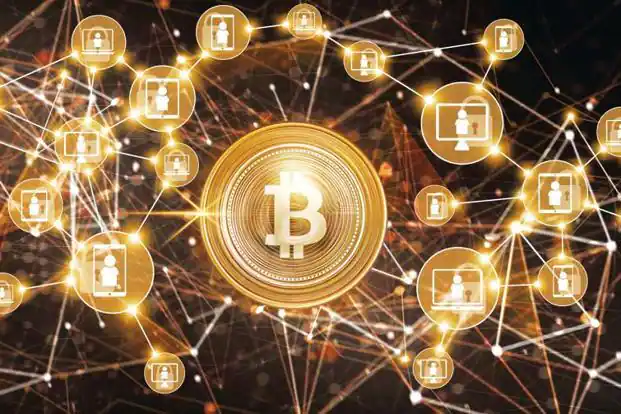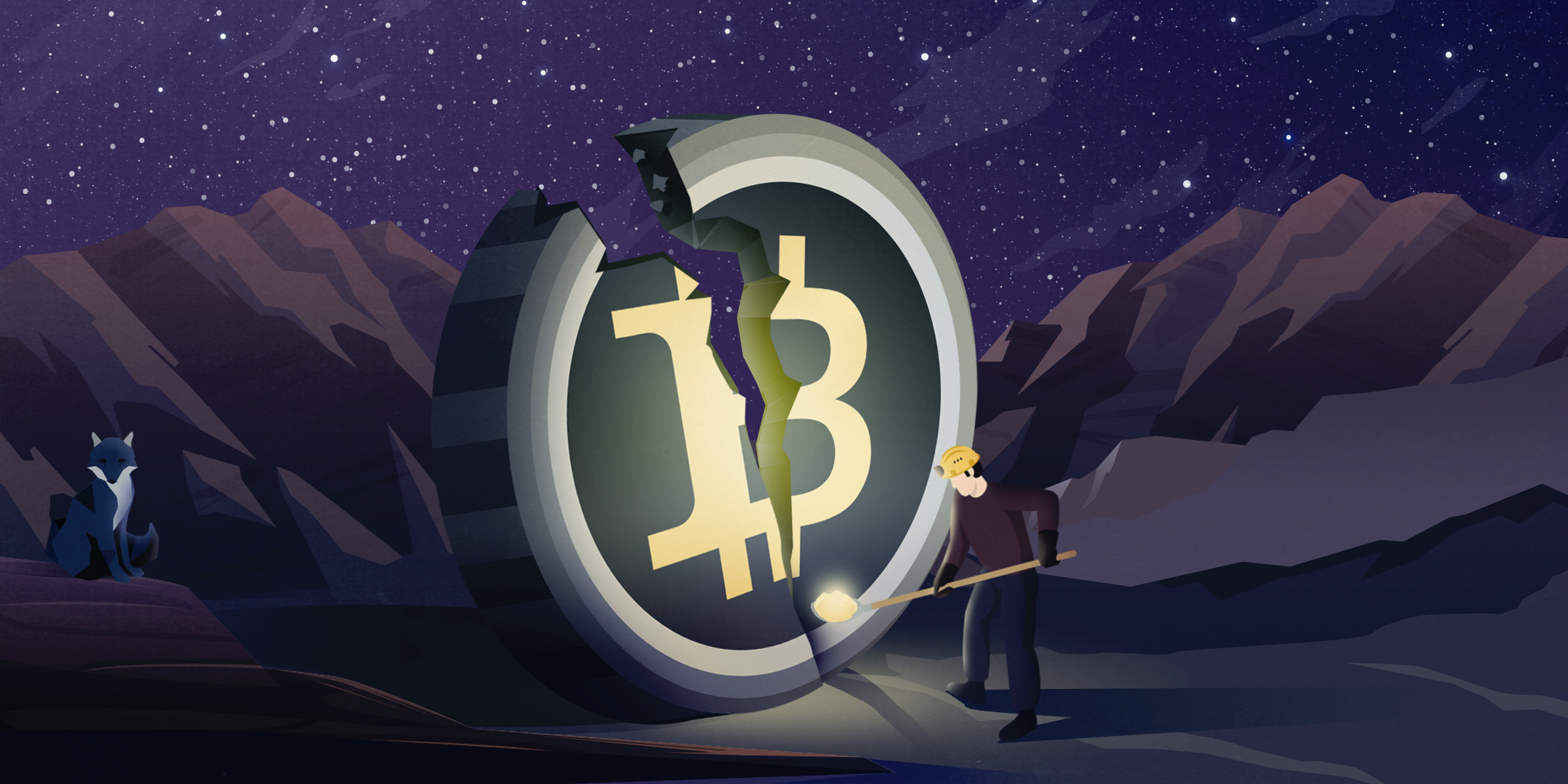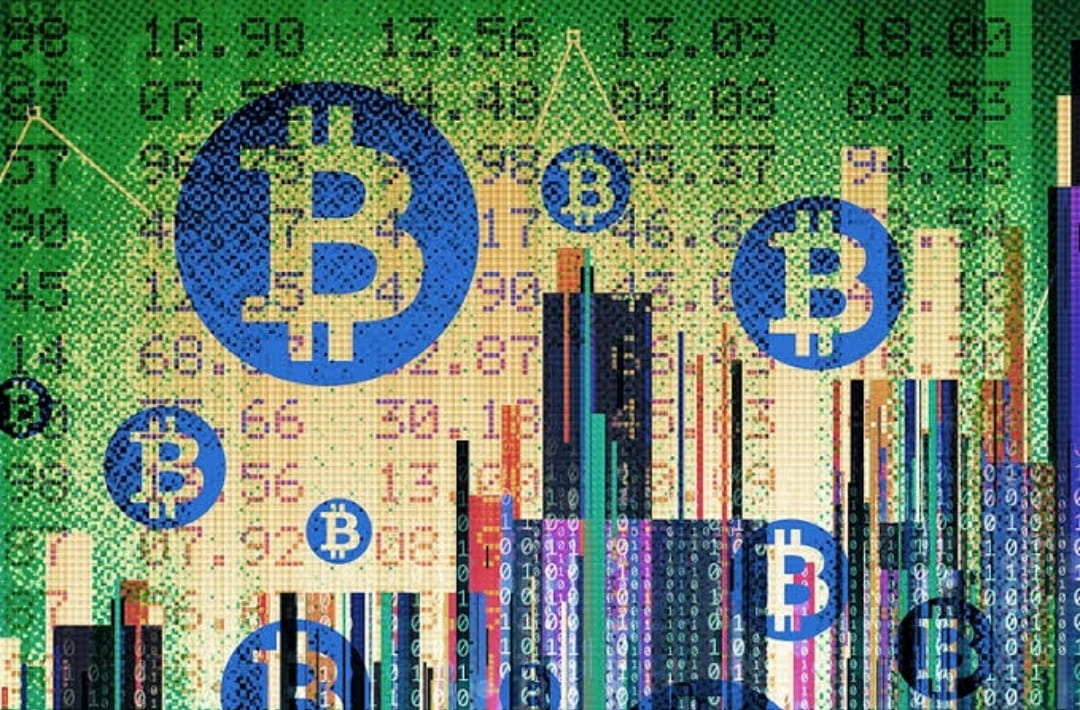MINING CONCENTRATION IN AMERICA POSES A MAJOR THREAT TO BITCOIN
Cryptocurrency bitcoin mining has become a vital element of the digital financial landscape, playing a significant role in the creation.

Cryptocurrency mining has become a vital element of the digital financial landscape, playing a significant role in the creation and transaction validation of various cryptocurrencies, with Bitcoin leading the pack. However, the concentration of mining operations, particularly in the United States, poses a considerable threat to the decentralized nature of cryptocurrencies. In this blog, we will delve into the world of cryptocurrency mining, exploring the machinery, software, sites, calculators, apps, and rigs that make it all possible, and how mining concentration in America is affecting the cryptocurrency ecosystem.
Understanding Cryptocurrency Mining
Cryptocurrency mining is the process by which new coins are created and transactions are verified and added to the blockchain ledger. This process involves solving complex mathematical puzzles through high-powered computers and specialized software. Miners are rewarded with cryptocurrency for their efforts, which incentivizes them to continue mining. To engage in cryptocurrency mining, several key components are necessary.
- Cryptocurrency Mining Machines
Cryptocurrency mining machines, also known as mining hardware or miners, are the backbone of the mining process. These machines are equipped with powerful processors and graphic cards designed to perform the intense computational work required for mining. Popular mining machines include ASIC (Application-Specific Integrated Circuit) miners for Bitcoin and GPU (Graphics Processing Unit) miners for various altcoins.
- Crypto Mining Software
Mining software acts as an interface between the mining hardware and the blockchain network. It allows miners to connect to the network, select which cryptocurrency to mine, and monitor their mining operations. Popular mining software includes CGMiner, BFGMiner, and NiceHash for Bitcoin, as well as Claymore and Ethminer for Ethereum.
- Crypto Mining Sites
Crypto mining sites often takes place in mining pools, which are groups of miners who combine their computational resources to increase their chances of successfully mining a block. Mining pools provide a platform for miners to work together and share the rewards in proportion to their contributions. Some of the well-known mining pools include F2Pool, Slush Pool, and Antpool.
- Crypto Mining Calculator
A crypto mining calculator is a valuable tool that helps miners estimate their potential earnings based on factors like hardware power, electricity costs, and the current cryptocurrency market conditions. Websites like WhatToMine and CryptoCompare offer easy-to-use calculators that provide miners with insights into their profitability.
- Bitcoin Mining Apps
For those who want to mine Bitcoin on their mobile devices, there are several Bitcoin mining apps available. While these apps won't compete with the processing power of dedicated mining rigs, they offer a way for individuals to dip their toes into the world of Bitcoin mining. Examples of such apps include MinerGate and EasyMiner.
- Cryptocoin Mining Rigs
Cryptocurrency mining rigs are complete setups that include multiple mining machines, power supplies, cooling systems, and more. These rigs are designed for serious miners who want to maximize their mining capabilities. They are especially popular among miners of Ethereum, which can still be mined profitably using GPUs.
The Threat of Mining Concentration in America
Now that we have a better understanding of the tools and resources involved in cryptocurrency mining, let's explore the issue of mining concentration in America and its potential impact on the crypto mining software ecosystem.
Centralization of Mining Operations: In recent years, there has been a growing concentration of mining operations in the United States. While it's not unusual for mining activities to cluster in specific regions due to factors like cheap electricity and favorable regulations, this concentration poses a risk to the decentralized nature of cryptocurrencies. Centralized mining operations can potentially influence network decisions and security.
51% Attacks: One of the key concerns associated with mining concentration is the potential for a 51% attack. A 51% attack occurs when a single entity or group of miners controls more than 50% of the network's mining power. This level of control enables them to manipulate transactions, double-spend coins, and compromise the security of the blockchain. With a significant portion of Bitcoin mining happening in the United States, the risk of a 51% attack becomes more palpable.
Geopolitical Risks: Geopolitical factors, including government regulations and international tensions, can also impact mining concentration. As we've seen in countries like China, regulatory changes can force miners to relocate or shut down their operations, disrupting the global network. The same is true for the United States, where regulatory actions could have significant repercussions on the cryptocurrency mining landscape.
Environmental Concerns: The environmental impact of cryptocurrency mining, particularly Bitcoin, has garnered attention due to its high energy consumption. The concentration of mining operations in areas with cheap energy sources can exacerbate these concerns. In the United States, for instance, regions with abundant renewable energy, like hydropower in the Pacific Northwest, have attracted miners, potentially straining local ecosystems.
Reduced Network Decentralization: The concentration of mining operations not only threatens the security and integrity of the network but also reduces the decentralized nature of cryptocurrencies. Decentralization is a fundamental principle of many cryptocurrencies, and its erosion can impact trust in the system.
Mitigating the Threats
While mining concentration in America poses significant threats to the crypto mining apps ecosystem, it's important to note that the industry is dynamic and adaptable. There are steps that can be taken to mitigate these threats and maintain a healthy balance between centralization and decentralization.
- Encourage Decentralized Mining Pools: The cryptocurrency community can promote the use of decentralized mining pools, which are less prone to centralization than large, centralized pools. This helps in distributing mining power across various nodes in the network.
- Support Diverse Mining Geographies: Encouraging mining operations in diverse geographical locations, both within and outside the United States, can help distribute mining power and reduce the risk of regional concentration.
- Regulatory Clarity: Regulatory authorities should provide clear guidelines for cryptocurrency mining activities. Clarity can help miners make informed decisions about where to operate and encourage compliance with environmental standards.
- Green Mining Initiatives: The cryptocurrency industry can continue to promote and adopt eco-friendly mining practices, such as using renewable energy sources, to mitigate the environmental impact of mining.
- Enhance Network Security: Cryptocurrency development teams can implement security enhancements and network upgrades to reduce the risk of 51% attacks, making it more difficult for a single entity to control the majority of the network's mining power.
Cryptocurrency mining is an integral part of the digital financial landscape, but its concentration in specific regions, particularly the United States, presents challenges to the decentralized nature of cryptocurrencies. The threats of centralization, 51% attacks, environmental concerns, and geopolitical risks must be carefully considered and addressed to maintain a healthy and robust miners for crypto ecosystem. As the industry continues to evolve, finding a balance between decentralization and practicality will be essential to secure the future of cryptocurrencies. By fostering a diverse and resilient mining landscape, the cryptocurrency community can help ensure the continued success and decentralization of these groundbreaking digital assets.
What's Your Reaction?
















